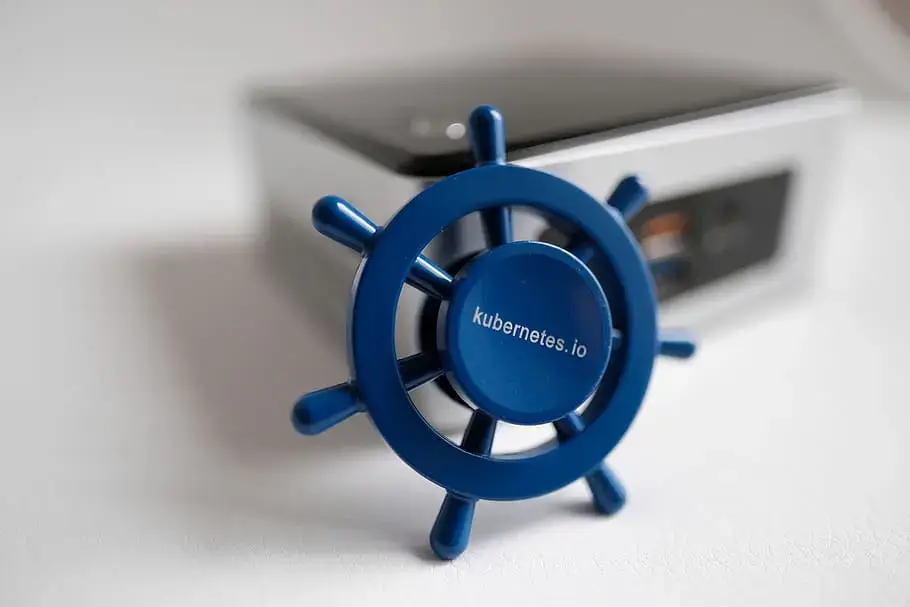Follow the trend

In today's rapidly evolving digital landscape, the need for efficient container orchestration has become paramount. Kubernetes, a container orchestration platform that is open-source, has become widely recognized as the standard solution for effectively managing containerized applications. In this comprehensive blog, we will dive deep into the world of Kubernetes, exploring its key concepts, components, and deployment strategies. Join us as we demystify Kubernetes and uncover its transformative capabilities for modern software development.
At its core, Kubernetes is a container orchestration platform that automates the deployment, scaling, and management of containerized applications. It provides a robust framework for running, managing, and monitoring containers, enabling seamless application delivery across clusters of hosts.
To effectively navigate Kubernetes, it is essential to understand its key concepts and terminology. These include pods, nodes, namespaces, and services. Pods are the basic unit of deployment, consisting of one or more containers. Nodes serve as the foundational infrastructure where containers are executed, providing the underlying environment for running containerized applications. Namespaces provide a logical isolation mechanism, allowing multiple teams or projects to use the same cluster without interference. Services enable network connectivity and load balancing between pods.
In a Kubernetes cluster, the master node serves as the central control plane. It orchestrates and manages the overall functioning of the cluster, overseeing tasks such as scheduling, monitoring, and scaling of applications. It manages the overall state of the cluster and coordinates various operations. The master node consists of components such as the API server, controller manager, scheduler, and etcd, which acts as the cluster's distributed key-value store.
Worker nodes, also known as minion nodes, are responsible for executing and managing containers. Each worker node runs the Kubernetes runtime, the kubelet, which interacts with the API server and ensures that containers are running as desired. The kube-proxy component enables network communication and load balancing.
Pods are the fundamental building blocks in Kubernetes. They encapsulate one or more containers and provide a shared context, including networking and storage resources. Pods enable applications to be scheduled, scaled, and managed as a cohesive unit.
ReplicaSets and Deployments are key resources for managing application scalability and fault tolerance. ReplicaSets play a crucial role in ensuring the continuous availability of a specified number of pod replicas. They maintain the desired replica count, making certain that the required number of pods are always running. Deployments provide declarative updates to pods and facilitate rolling updates, rollbacks, and version management.
Services enable communication between pods and external clients. They provide a stable network endpoint, load balancing, and DNS resolution. Kubernetes offers different types of services, such as ClusterIP, NodePort, and LoadBalancer, to suit various networking requirements.
Kubernetes offers powerful scaling mechanisms to handle varying application workloads. Horizontal Pod Autoscaling (HPA) automatically scales the number of replicas based on resource utilization metrics. Vertical Pod Autoscaling (VPA) adjusts the resource limits of pods based on their actual resource usage.
In Kubernetes, ConfigMaps and Secrets are essential resources utilized for managing application configurations and safeguarding sensitive data. ConfigMaps allow you to store and manage configuration data that can be accessed by pods, while Secrets provide a secure way to store sensitive information such as passwords or API keys.
While Kubernetes is well-suited for stateless applications, it also offers support for stateful workloads. StatefulSets allow you to manage and scale stateful applications, ensuring stable network identities and persistent storage for each replica. Persistent Volumes and Persistent Volume Claims provide mechanisms for managing data persistence.
Kubernetes provides various tools and integrations for monitoring and observability. Prometheus, an open-source monitoring system, can be used to collect metrics and alert on the health of Kubernetes clusters. Grafana is a popular visualization tool that enables creating dashboards for monitoring and analysis.
Kubernetes has revolutionized the world of container orchestration, empowering organizations to build and deploy scalable, resilient, and cloud-native applications. By understanding the core concepts, components, and deployment strategies of Kubernetes, developers and DevOps teams can leverage its power to simplify container management, enhance scalability, and accelerate software delivery. As containerization continues to reshape the landscape of modern application development, Kubernetes remains an essential tool for managing complex deployments and driving innovation in the digital era.
Your email address and mobile will not be published.




